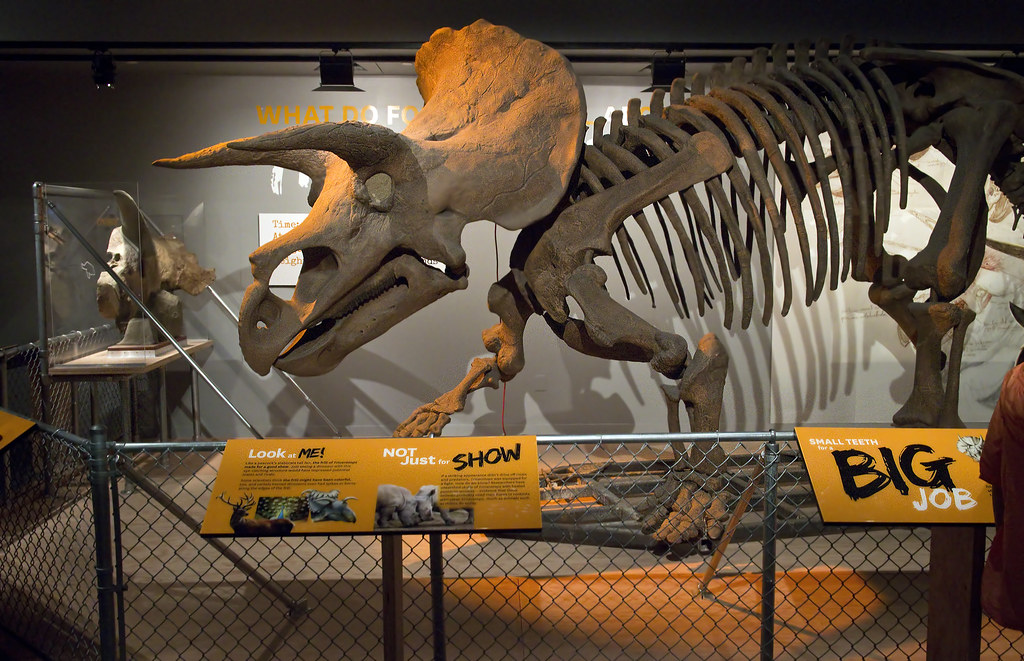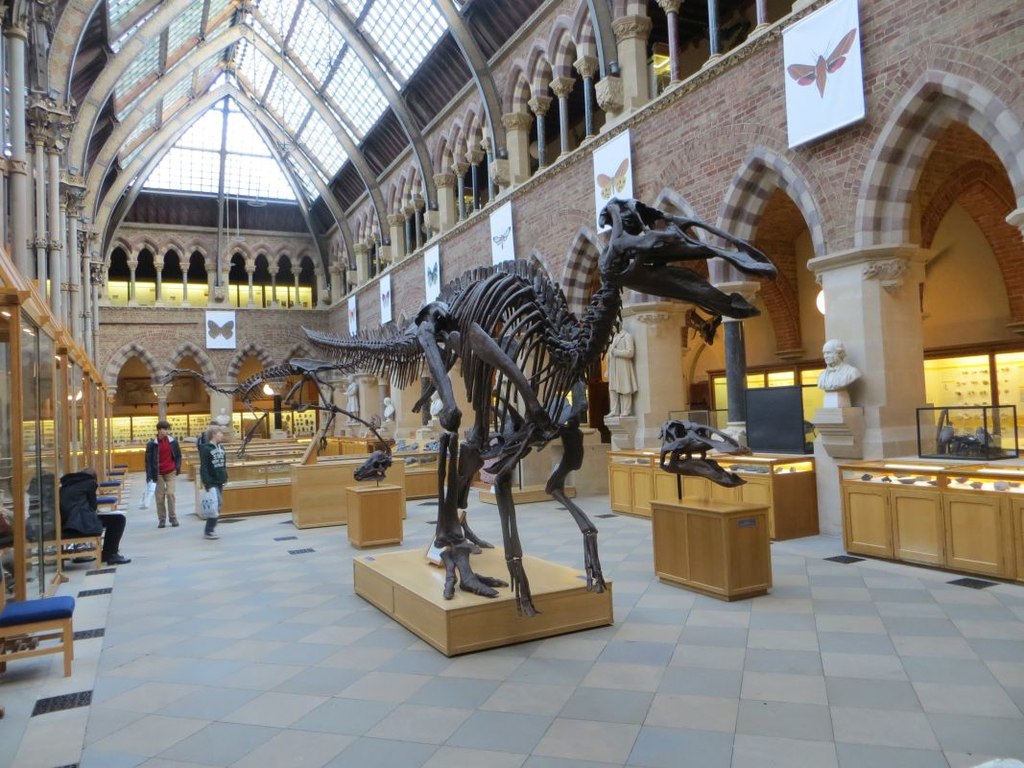The American Museum of Natural History stands as a magnificent monument to our planet’s natural legacy in the heart of New York City. Among its vast collections, the dinosaur exhibits reign supreme, drawing millions of visitors annually who come face-to-face with creatures that dominated Earth for over 165 million years. These prehistoric giants, meticulously reconstructed from fossil evidence, transport visitors across time to when these magnificent beasts roamed the planet. The museum’s paleontological collection represents one of the world’s most comprehensive assemblages of dinosaur fossils, specimens, and research, offering insights into Earth’s distant past through cutting-edge science and immersive displays. This enduring fascination with dinosaurs bridges generations, connecting modern humanity with the awe-inspiring history of life on our planet.
The Birth of the Dinosaur Halls

The dinosaur exhibits at the American Museum of Natural History have a storied past dating back to the early 20th century. When the museum’s first major dinosaur hall opened in 1908, it revolutionized how these ancient creatures were presented to the public. Under the direction of paleontologist Henry Fairfield Osborn, the museum pioneered the practice of mounting complete dinosaur skeletons in lifelike poses, rather than displaying isolated bones in cabinets. This innovative approach allowed visitors to visualize these animals as once-living creatures instead of mere scientific specimens. The halls have undergone several major renovations and expansions over the decades, including significant redesigns in the 1990s and 2010s, each time incorporating the latest scientific understanding and display technologies. These continual reinventions reflect the museum’s commitment to maintaining scientific accuracy while creating compelling educational experiences.
The Iconic T. Rex Display

Undoubtedly the star attraction of the museum’s fourth floor is the imposing Tyrannosaurus rex skeleton, capturing the imagination of visitors young and old. This specimen, one of the most complete T. rex skeletons ever discovered, stands in a dynamic pose that reflects current scientific understanding of how this predator might have moved and hunted. The skeleton’s dramatic positioning, with its massive skull turned slightly and powerful legs positioned for movement, creates an unforgettable impression of this apex predator’s power and presence. Detailed interpretive displays surrounding the T. rex explain its hunting behaviors, sensory capabilities, and ecological role in the Late Cretaceous ecosystems of North America. The museum’s paleontologists have incorporated the latest research on T. rex’s biology, including insights about its potential speed, bite force, and even theories about whether it was primarily a hunter or scavenger. This continuous integration of new scientific understanding keeps the exhibit scientifically relevant while maintaining its status as one of New York City’s most photographed attractions.
The Magnificent Hall of Saurischian Dinosaurs

The Hall of Saurischian Dinosaurs showcases one branch of the dinosaur family tree, featuring some of the most recognizable prehistoric creatures to ever walk the Earth. This impressive gallery houses specimens of the long-necked sauropods, including the towering Apatosaurus (formerly known as Brontosaurus), whose skeleton stretches nearly 90 feet from head to tail. The hall also displays various theropod dinosaurs, the group that includes Tyrannosaurus rex and the ancestors of modern birds. Visitors can observe the anatomical features that define Saurischian dinosaurs, such as their distinctive hip structure and the evolutionary adaptations that allowed some members of this group to grow to unprecedented sizes. The specimens are arranged to illustrate evolutionary relationships, helping visitors understand how these diverse animals—from massive plant-eaters to agile predators—shared common ancestors. Interactive elements throughout the hall help explain concepts like biomechanics, showing how Saurischian bodies functioned despite their sometimes extreme proportions.
Exploring the Hall of Ornithischian Dinosaurs

Complementing its Saurischian counterpart, the Hall of Ornithischian Dinosaurs presents the other major branch of dinosaur evolution, featuring an impressive array of horned, armored, and duck-billed dinosaurs. Spectacular specimens include Triceratops with its three prominent facial horns and protective neck frill, the heavily armored Ankylosaurus with its club-like tail, and various species of hadrosaurs (duck-billed dinosaurs) known for their elaborate head crests. The exhibits highlight the remarkable diversity of ornithischian body plans, all evolving from a common ancestor but adapting to different ecological niches and defensive strategies. Detailed models and illustrations help visitors understand how these dinosaurs lived, from the herd behaviors of ceratopsians to the sophisticated chewing mechanisms of hadrosaurs. The hall emphasizes the plant-eating adaptations of ornithischians, explaining how their specialized teeth and digestive systems allowed them to process the tough vegetation of the Mesozoic era. Through careful exhibit design, visitors can appreciate both the unity and diversity within this remarkable group of dinosaurs.
Dinosaur Fossils: From Field to Museum
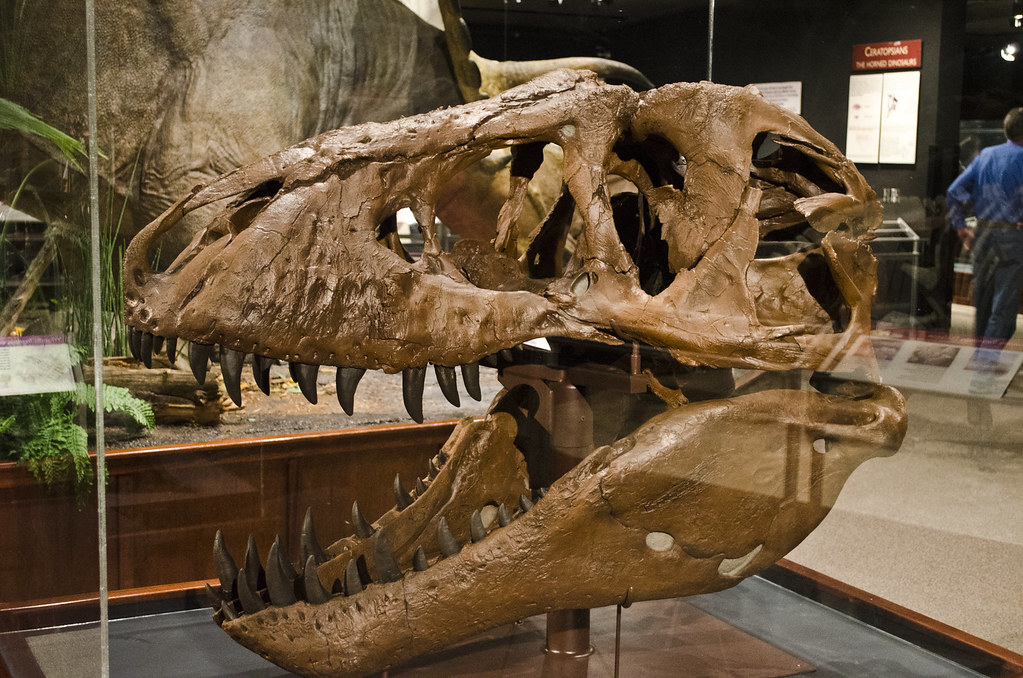
Behind every mounted skeleton in the museum lies an extraordinary journey from discovery to display, representing decades of scientific work and artistic reconstruction. The process begins with paleontological expeditions, where scientists search for fossil evidence in locations ranging from the American West to Mongolia’s Gobi Desert. After discovery, fossils are carefully excavated and encased in protective jackets of plaster and burlap for transportation to the museum. Once at the preparation laboratory, skilled technicians meticulously remove the surrounding rock, sometimes spending years cleaning a single specimen using tools ranging from pneumatic jackhammers to dental picks. For display purposes, missing bones are often recreated based on related species or mirrored from existing parts, with modern mounts typically using lightweight casts rather than original fossils. Interactive displays throughout the dinosaur halls reveal this painstaking process, showing visitors how paleontologists transform fragmentary remains into scientifically accurate representations of extinct animals. These exhibits emphasize that mounted skeletons represent scientific hypotheses based on available evidence, subject to revision as new discoveries emerge.
The Revolutionary Dinosaur Mummy
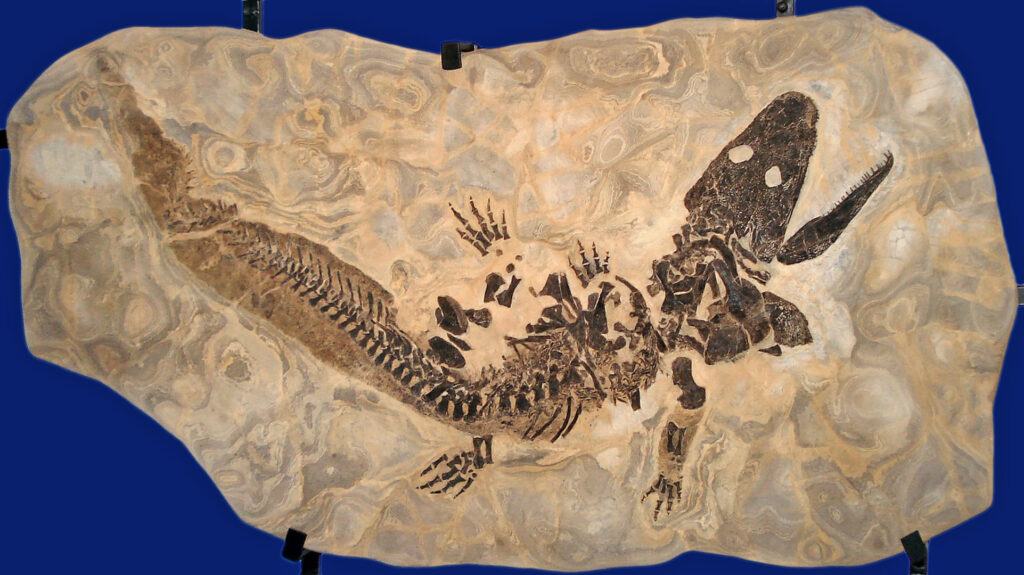
Among the museum’s most scientifically valuable dinosaur specimens is “Leonardo,” an extraordinarily preserved Brachylophosaurus (a type of duck-billed dinosaur) that represents one of the few dinosaur “mummies” ever discovered. Unlike typical fossils that preserve only bones, Leonardo retained impressions of soft tissues including skin, muscles, and even the contents of its last meal. This exceptional preservation occurred through a rare process where the dinosaur’s body was rapidly buried in fine sediment that created detailed impressions before decomposition could erase these soft-tissue features. The specimen provides unprecedented insights into dinosaur biology, revealing details about skin texture, body contours, and even internal anatomy that would be impossible to determine from bones alone. Museum scientists have used advanced imaging techniques like CT scans to study Leonardo without damaging the rare specimen, revealing details about this animal’s diet and health. The exhibit surrounding this remarkable fossil explains how such exceptional preservation occurs and what it teaches us about dinosaur appearance and physiology that would otherwise remain purely speculative.
The Tiniest Giants: Baby Dinosaurs and Eggs

Some of the most compelling exhibits in the dinosaur halls focus not on the largest specimens but on the beginnings of dinosaur lives, showcasing rare fossils of eggs, nests, and juvenile dinosaurs. These displays reveal the surprising diversity of dinosaur reproductive strategies, from the colonial nesting grounds of certain species to the protective parental behaviors suggested by some fossil evidence. Visitors can examine fossilized dinosaur eggs arranged in circular nests, some containing embryonic remains that provide clues about dinosaur development. The museum features growth series of certain species, showing how dramatically dinosaurs changed as they matured, with some juvenile specimens bearing little resemblance to their adult forms. These exhibits challenge the traditional view of dinosaurs as simply scaled-up reptiles, instead revealing complex reproductive behaviors more similar to those of their living descendants, birds. Interactive elements help visitors understand how paleontologists determine the age of fossil specimens through microscopic examination of bone structure. The collection of juvenile specimens also highlights how vulnerable young dinosaurs would have been in their ecosystems, facing numerous predators before reaching their formidable adult sizes.
Ancient Ecosystems: Dinosaurs in Their World

Beyond showcasing individual species, the museum’s exhibits place dinosaurs within the context of their ancient ecosystems, helping visitors understand these animals as components of complex prehistoric environments. Detailed dioramas recreate Mesozoic landscapes from different periods and regions, showing the plants, insects, and smaller vertebrates that shared habitats with dinosaurs. These environmental reconstructions incorporate fossil evidence from numerous disciplines, including paleobotany (the study of ancient plants) and taphonomy (the study of how organisms decay and become fossilized). Visitors learn how climate and geography influenced dinosaur evolution, from the warm, humid forests of the Jurassic to the more seasonal environments of the late Cretaceous. The exhibits highlight ecological relationships between different dinosaur species, explaining predator-prey dynamics and competition for resources. Atmospheric details such as the higher oxygen content and different atmospheric composition of the Mesozoic are also explained, helping visitors understand how these conditions supported the evolution of such massive creatures. These contextual exhibits transform dinosaurs from isolated curiosities into participants in dynamic, interconnected ecosystems that evolved over millions of years.
The Great Extinction Mystery

One of the most compelling narratives within the dinosaur halls addresses the dramatic conclusion of the dinosaur era—the mass extinction event that occurred approximately 66 million years ago. The exhibits present the leading scientific theories about this cataclysmic event, including the impact of a massive asteroid in what is now Mexico’s Yucatán Peninsula. Visitors can examine evidence for this impact theory, including samples of the global layer of iridium-rich clay deposited at the Cretaceous-Paleogene boundary. The museum explains how this extinction event eliminated approximately 75% of all species on Earth, including all non-avian dinosaurs, while allowing certain groups like mammals and avian dinosaurs (birds) to survive and eventually diversify. Interactive displays help visitors understand the cascading environmental effects that likely followed the impact, including darkened skies, global cooling, acid rain, and widespread collapse of food webs. The exhibits also place this extinction in the broader context of Earth’s history, explaining that while dramatic, it represents just one of several mass extinction events that have shaped life’s evolution. This scientific detective story demonstrates how paleontologists integrate evidence from geology, chemistry, and biology to reconstruct events from the distant past.
Birds: The Living Dinosaurs

Perhaps the most revolutionary aspect of modern dinosaur exhibits is the presentation of birds as living dinosaurs, a scientific consensus that represents a dramatic shift in our understanding of these animals. The museum’s displays trace the evolutionary connection between theropod dinosaurs and modern birds through a series of transitional fossils, including famous specimens like Archaeopteryx with its mixture of dinosaurian and avian features. Visitors can observe the progressive evolution of flight-enabling adaptations, from the simple feathers of some non-avian dinosaurs to the aerodynamically sophisticated plumage of early birds. The exhibits highlight shared anatomical features between birds and their dinosaur ancestors, including wishbones, hollow bones, and the distinctive three-toed foot structure. Interactive displays demonstrate how certain dinosaur behaviors, such as nesting and parental care, persist in modified form among modern birds. This section of the exhibition powerfully illustrates evolution in action, showing how one lineage of dinosaurs survived the mass extinction by evolving novel adaptations that allowed them to exploit new ecological niches. The bird-dinosaur connection emphasizes that dinosaurs did not simply disappear—instead, their legacy continues in the approximately 10,000 species of birds alive today.
Cutting-Edge Research: The Museum’s Paleontology Department

Behind the public exhibits lies the museum’s renowned paleontology department, where scientists continue to make groundbreaking discoveries about dinosaur biology and evolution. The museum houses one of the world’s largest collections of fossil specimens, with millions of items available for scientific study, only a fraction of which are on public display. Visitors can glimpse this scientific work through windows into preparation laboratories, where technicians clean newly discovered fossils, and through displays highlighting recent research projects. The museum’s paleontologists employ cutting-edge technologies including CT scanning, 3D modeling, and biomechanical analysis to extract new information from both recently discovered and long-held specimens. This research has revolutionized our understanding of dinosaur biology, from confirming the presence of feathers on various dinosaur lineages to determining the colors of certain species through microscopic analysis of preserved pigment cells. The exhibits explain how museum scientists collaborate with researchers around the world, sharing specimens and data to advance paleontological knowledge. By highlighting active research, the museum demonstrates that paleontology remains a dynamic field where new discoveries continuously refine our understanding of prehistoric life.
Interactive Learning: Beyond Passive Viewing
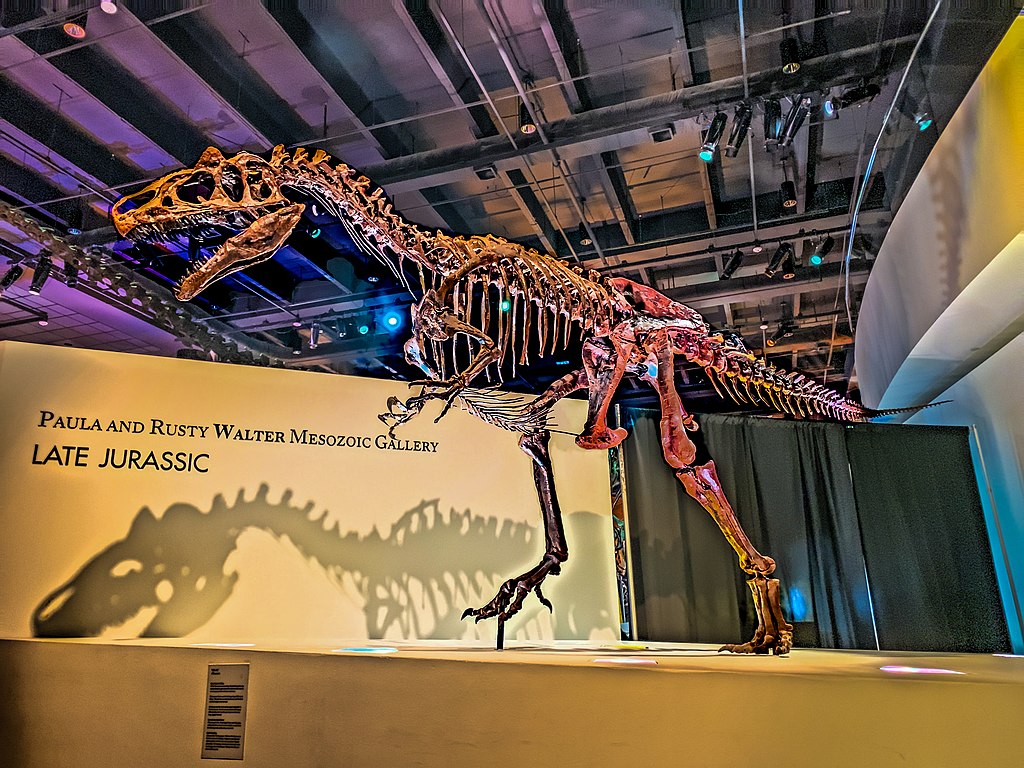
The American Museum of Natural History has transformed the visitor experience from passive observation to active engagement through numerous interactive elements throughout the dinosaur halls. Touch screens allow visitors to explore dinosaur anatomy in detail, manipulating 3D models to understand how these animals moved and functioned. Age-appropriate discovery stations cater to different learning styles, with tactile elements like touchable fossil casts and puzzles that challenge visitors to identify dinosaur species from fragmentary remains. The museum’s mobile app provides augmented reality experiences, allowing visitors to see selected skeletons transformed into fully-fleshed reconstructions through their smartphone screens. Regular demonstrations by museum educators bring the exhibits to life, explaining scientific concepts and answering visitor questions. For more dedicated learners, the museum offers paleontology workshops where participants can learn fossil preparation techniques or join simulated dinosaur excavations. These interactive elements serve multiple educational purposes, from making abstract scientific concepts tangible to demonstrating the process of scientific inquiry. By encouraging active participation, the museum creates more memorable learning experiences that extend beyond facts about dinosaurs to a deeper understanding of evolutionary biology and scientific methodology.
Planning Your Dinosaur Expedition
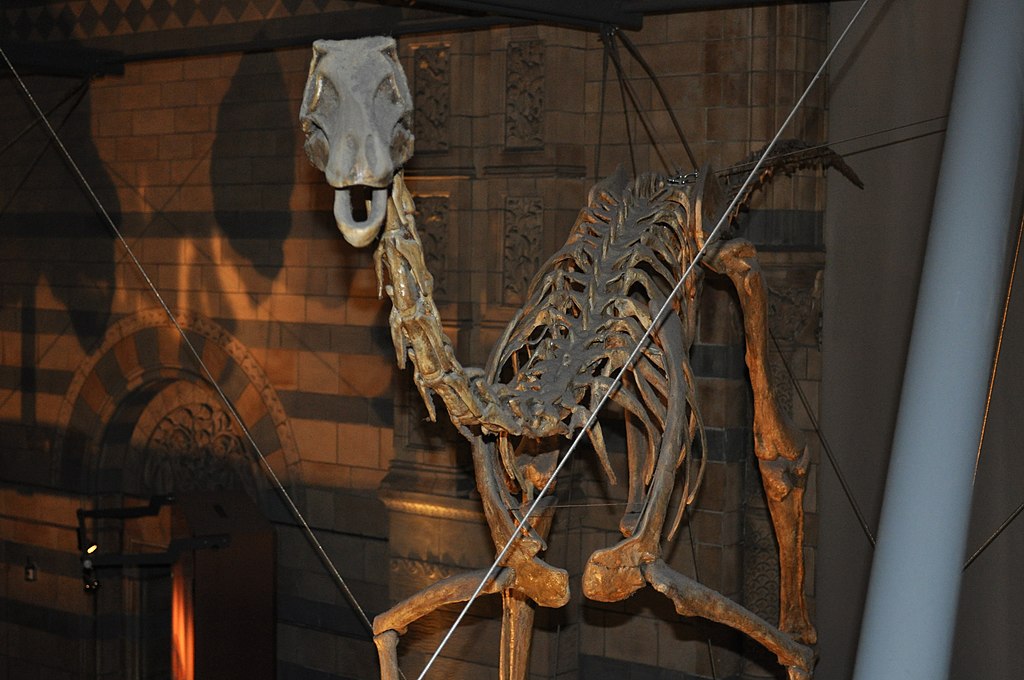
Visitors looking to maximize their dinosaur experience at the American Museum of Natural History benefit from strategic planning, as the dinosaur halls represent just one section of this vast institution. The dinosaur exhibits are primarily located on the museum’s fourth floor, organized chronologically to take visitors through the Mesozoic Era from Triassic through Cretaceous periods. For those with limited time, museum guides recommend allowing at least 1-2 hours specifically for the dinosaur halls, with highlights including the T. rex, Apatosaurus, and Stegosaurus specimens. Photography is permitted throughout the dinosaur exhibits, though tripods are restricted during busy periods to prevent crowding. The museum offers both guided tours focusing specifically on dinosaurs and free downloadable audio guides that provide expert commentary on key specimens. Families with young children may want to visit during weekday mornings when the halls are typically less crowded, while those seeking deeper engagement might schedule their visit to coincide with special paleontology talks or demonstrations that occur regularly. The museum shop on the first floor offers a wide range of dinosaur-related merchandise, from scientifically accurate models to educational books for visitors hoping to continue their exploration after leaving the museum.
Conclusion
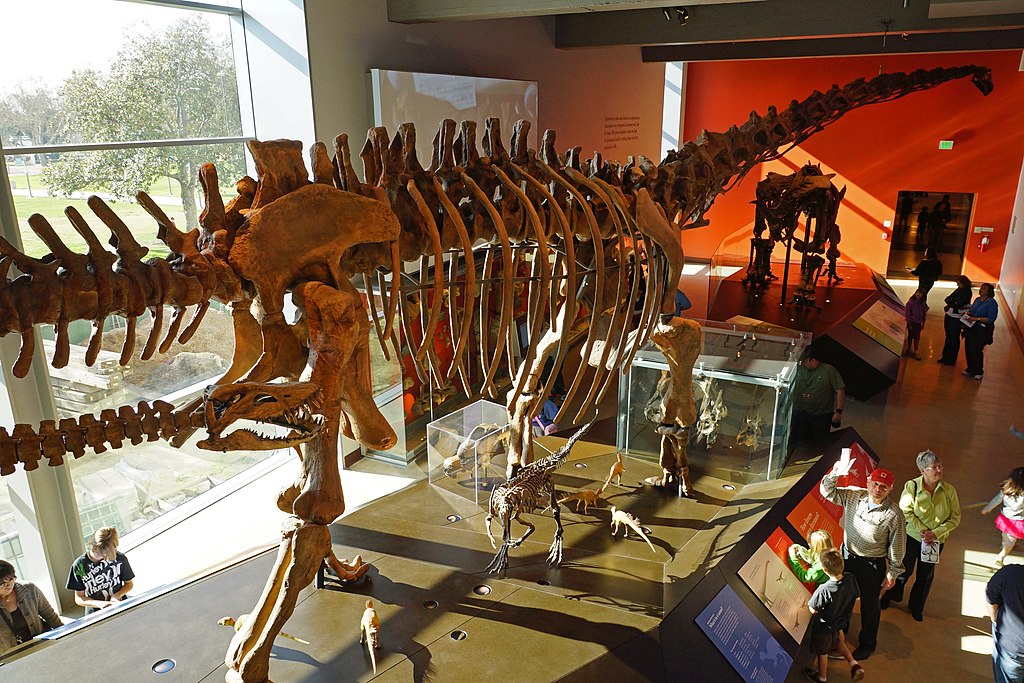
The dinosaur halls of the American Museum of Natural History represent far more than an assemblage of impressive fossils—they embody over a century of scientific discovery, artistic reconstruction, and educational innovation. These exhibits continue to evolve, incorporating new findings and technologies while maintaining their capacity to inspire wonder in visitors of all ages. Through their comprehensive approach to paleontology, connecting ancient bones to living birds and placing extinct species within their ecological contexts, the museum provides a nuanced understanding of these remarkable animals that dominated Earth for over 160 million years. For countless visitors, these halls serve as gateways to scientific curiosity, sparking interests that may lead to lifelong engagement with natural history. In a world increasingly focused on the future, the museum’s dinosaur exhibits remind us of the importance of understanding our planet’s past—not merely as ancient history, but as chapters in an ongoing story of life’s remarkable adaptability and resilience.

